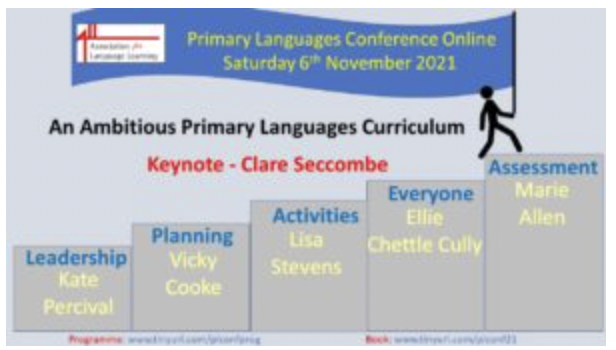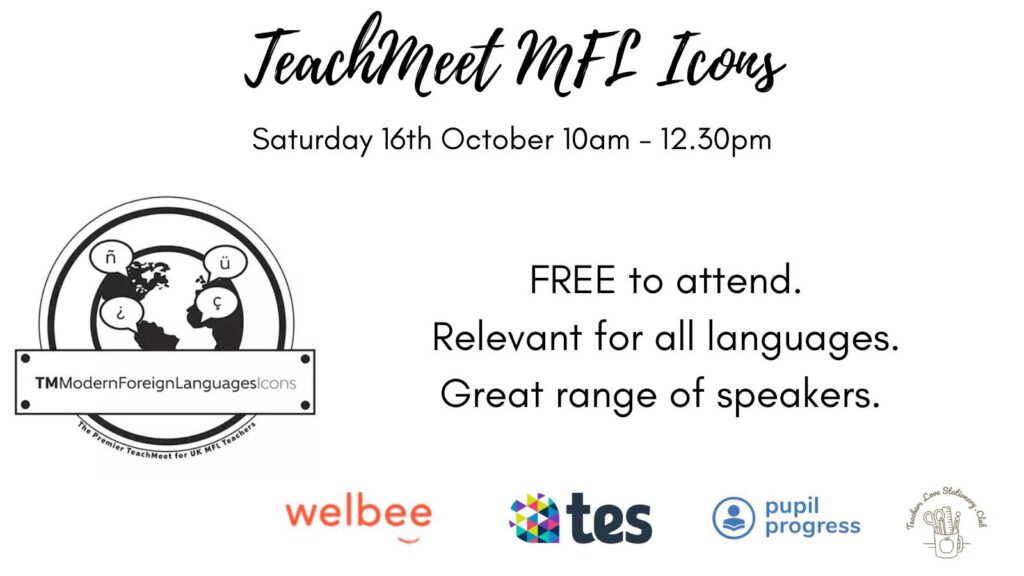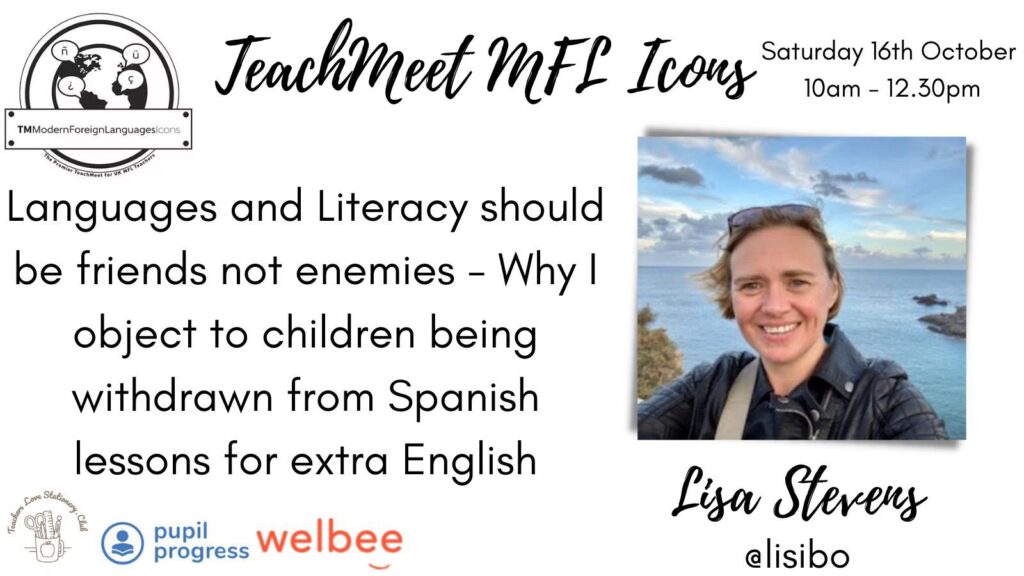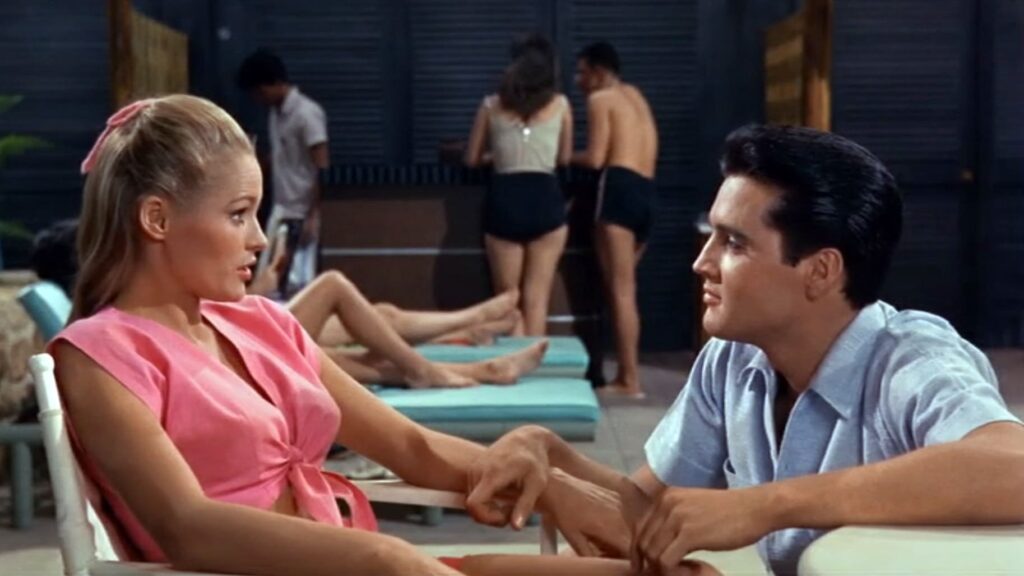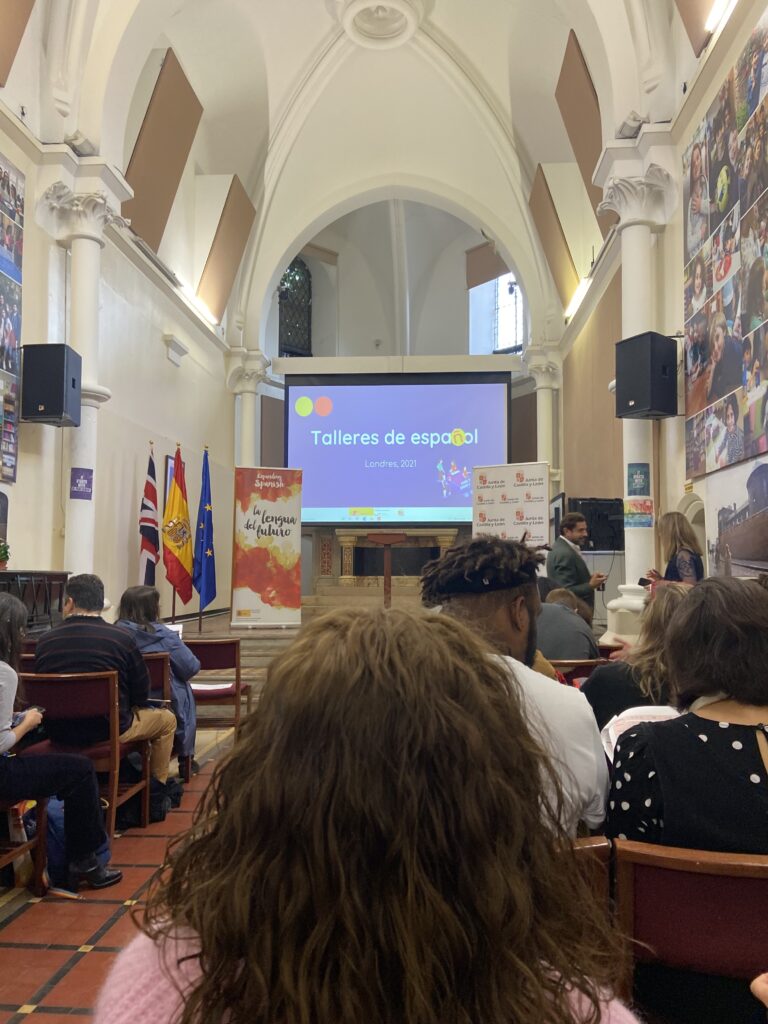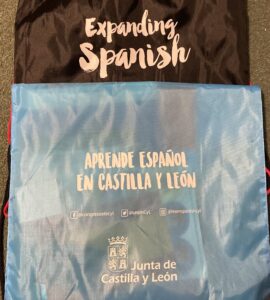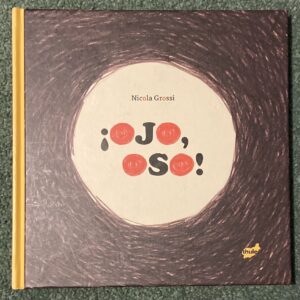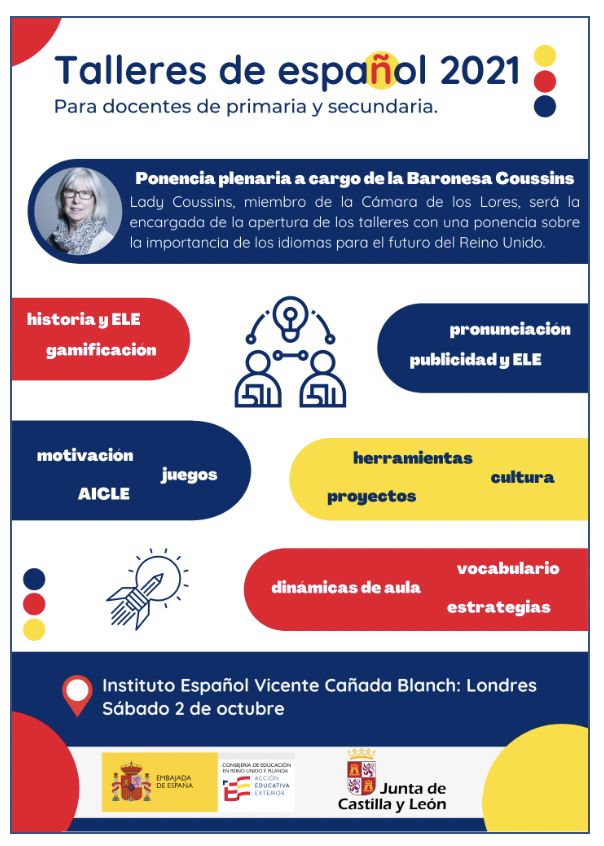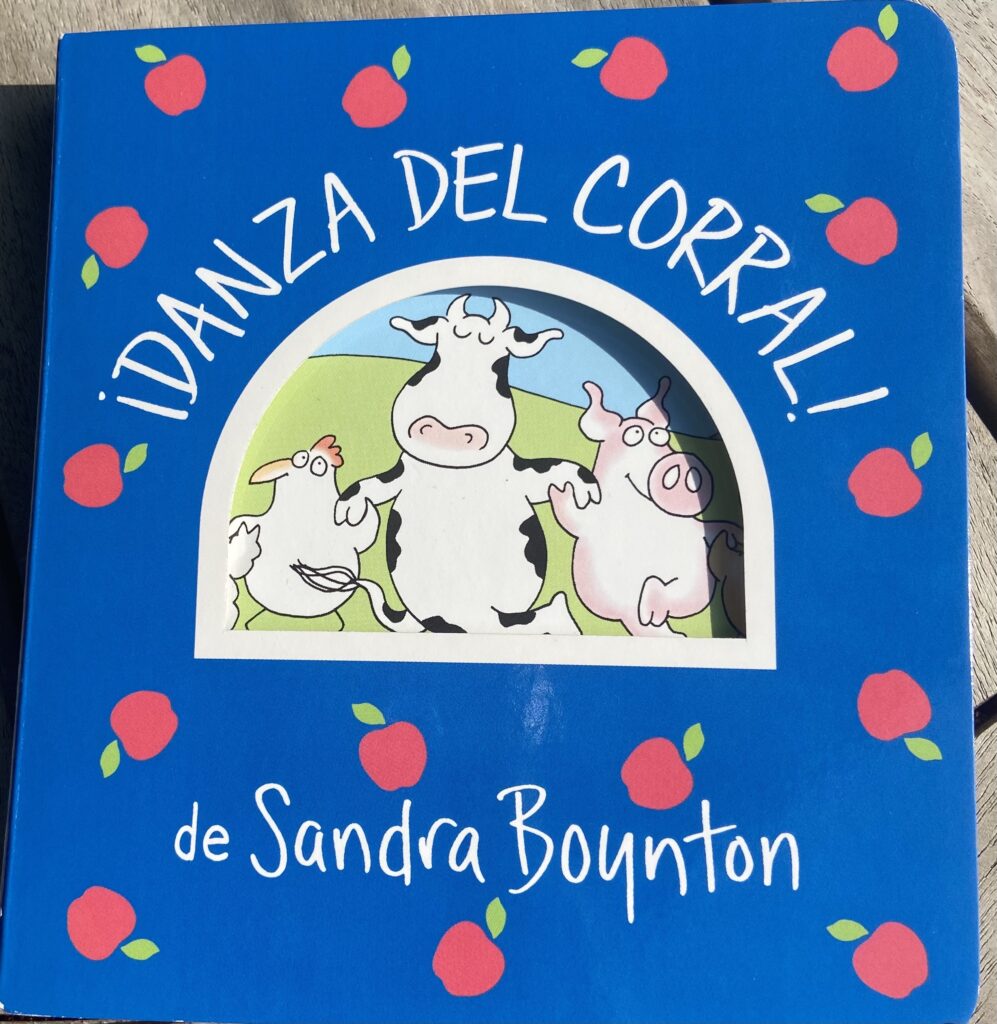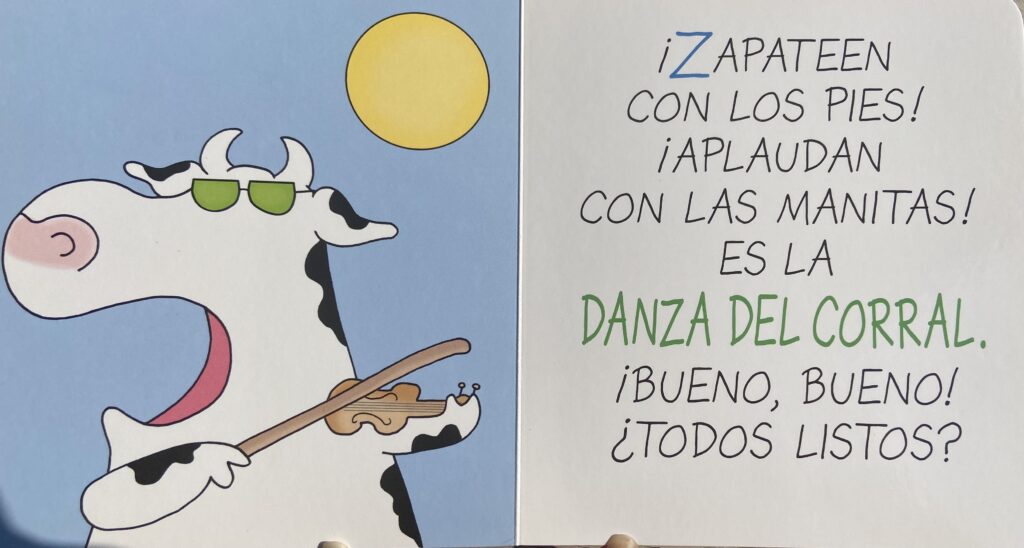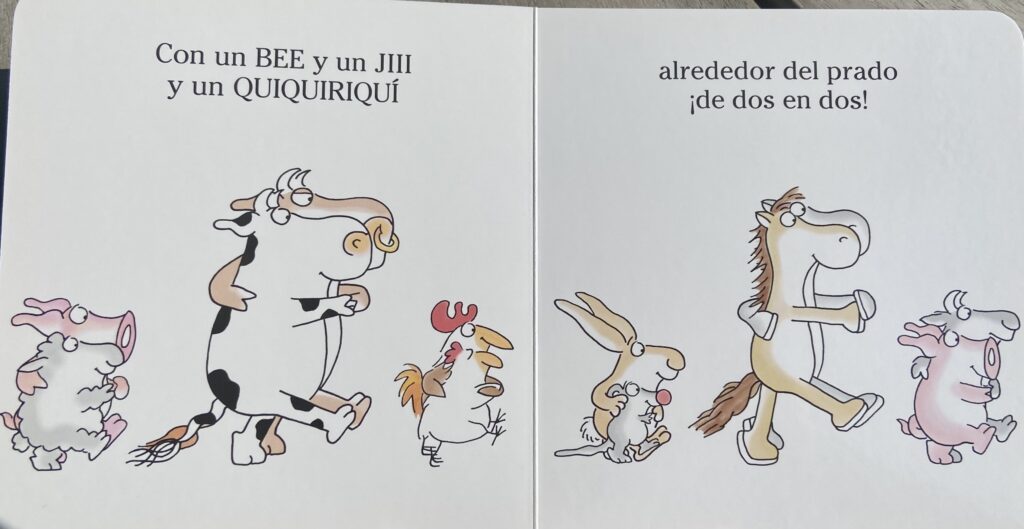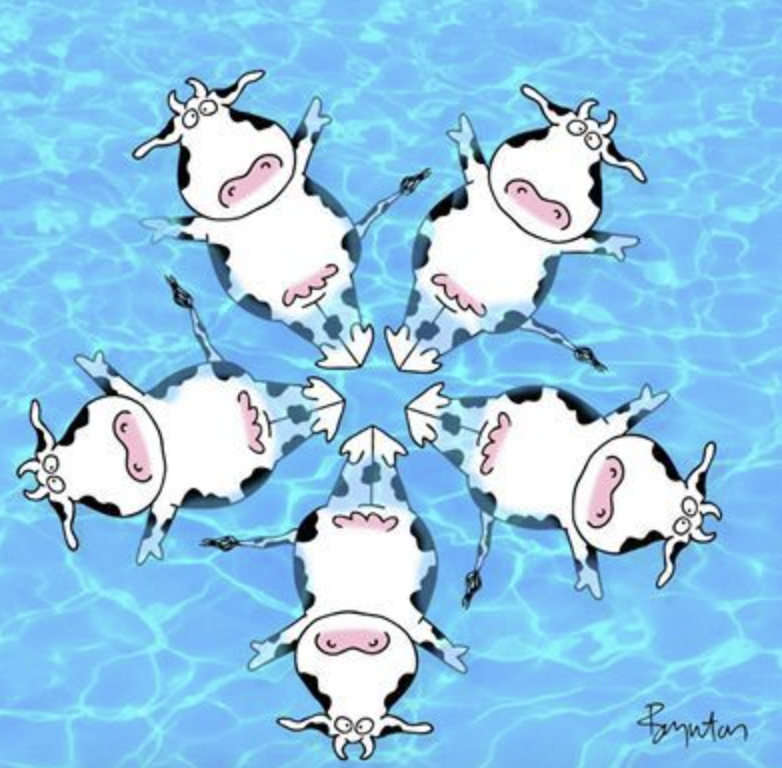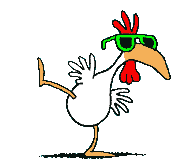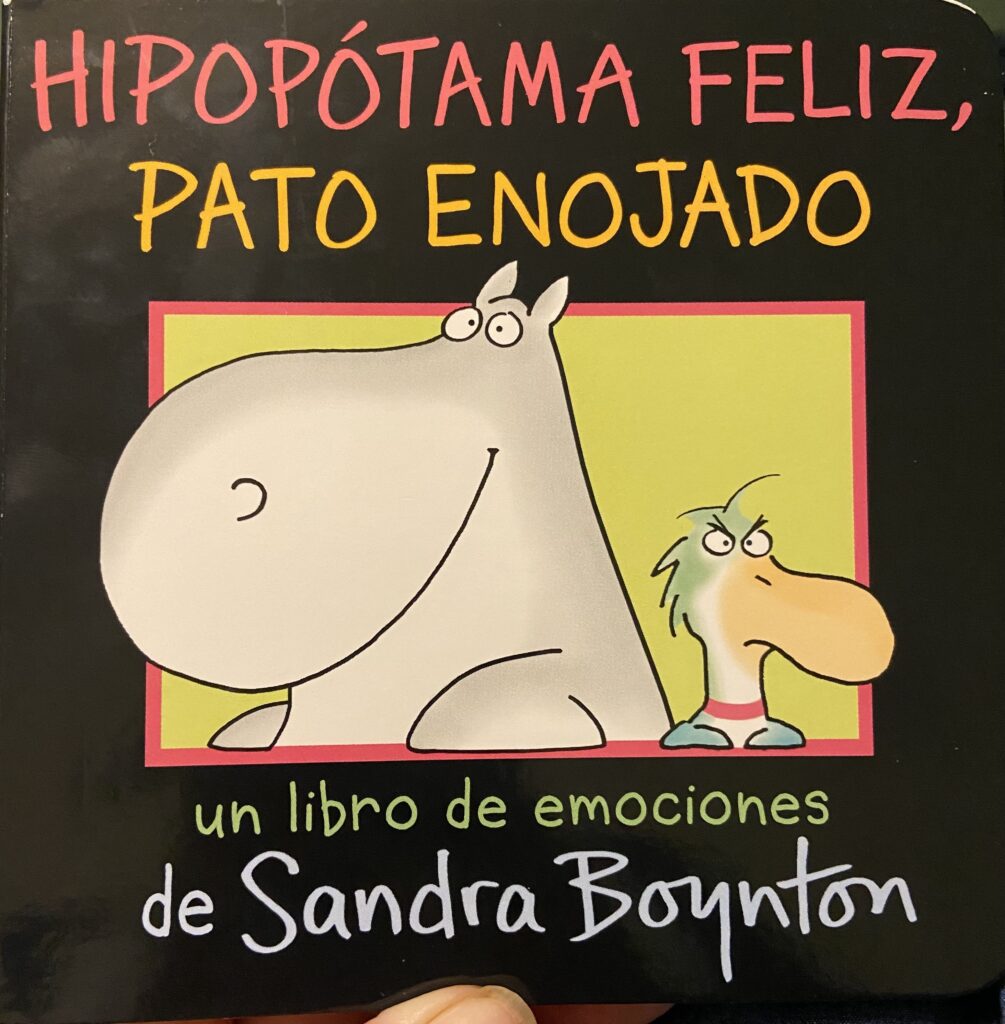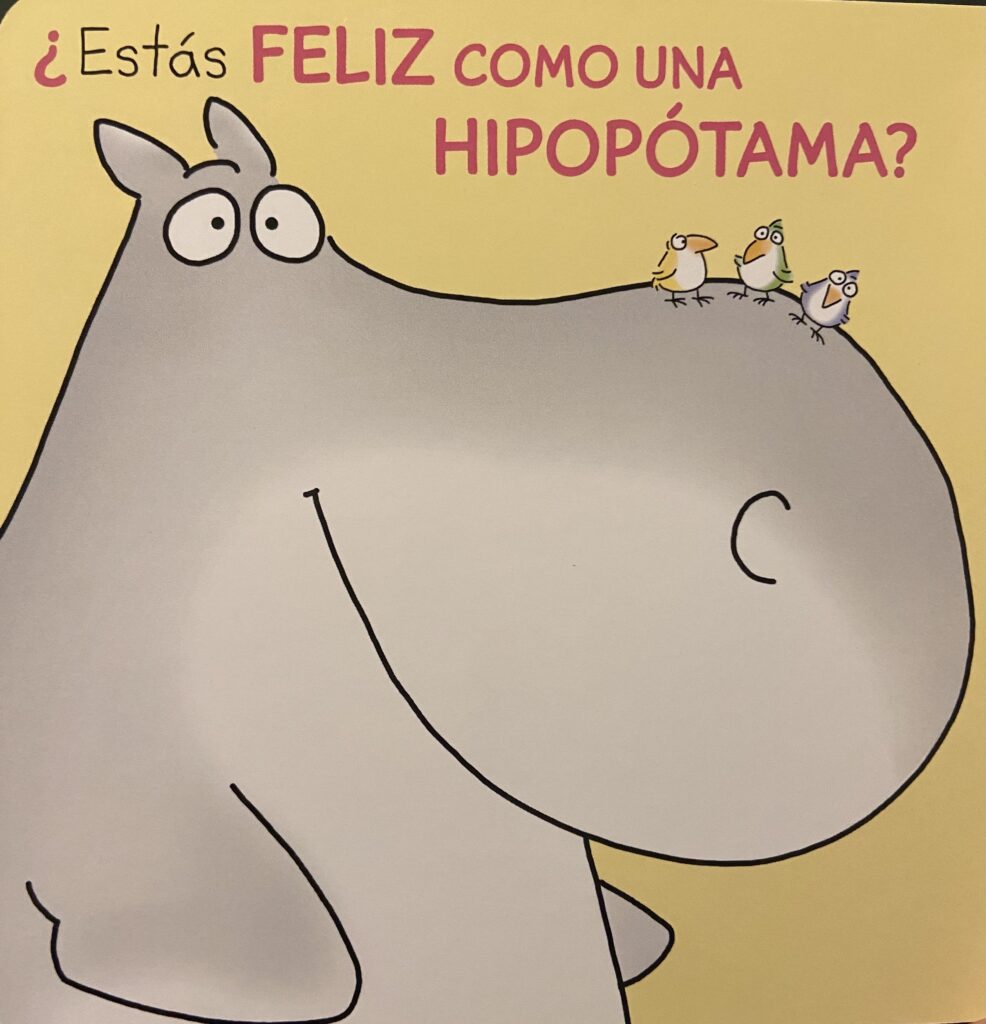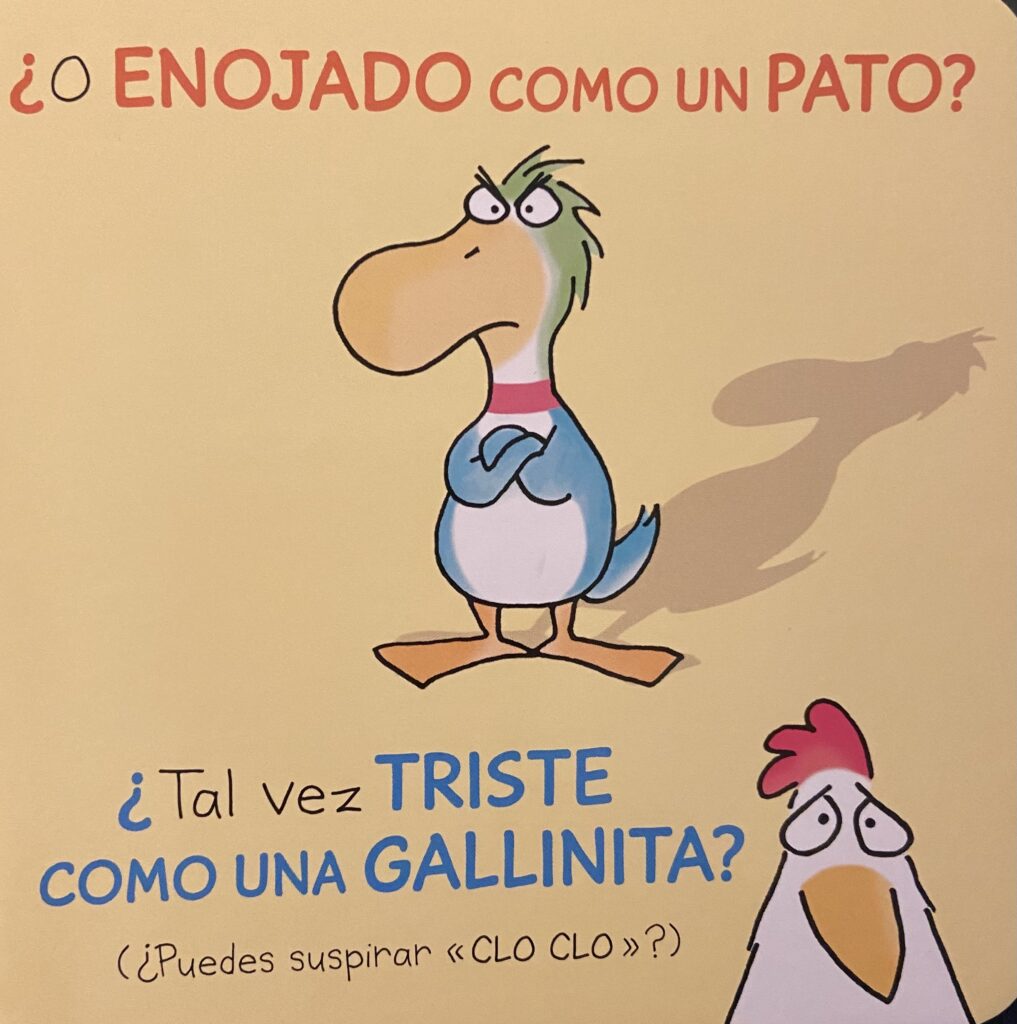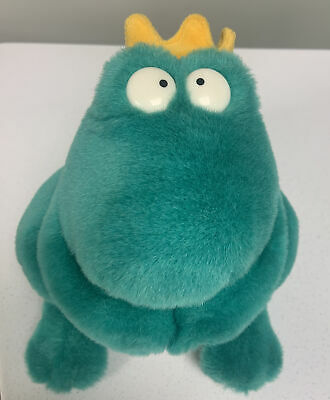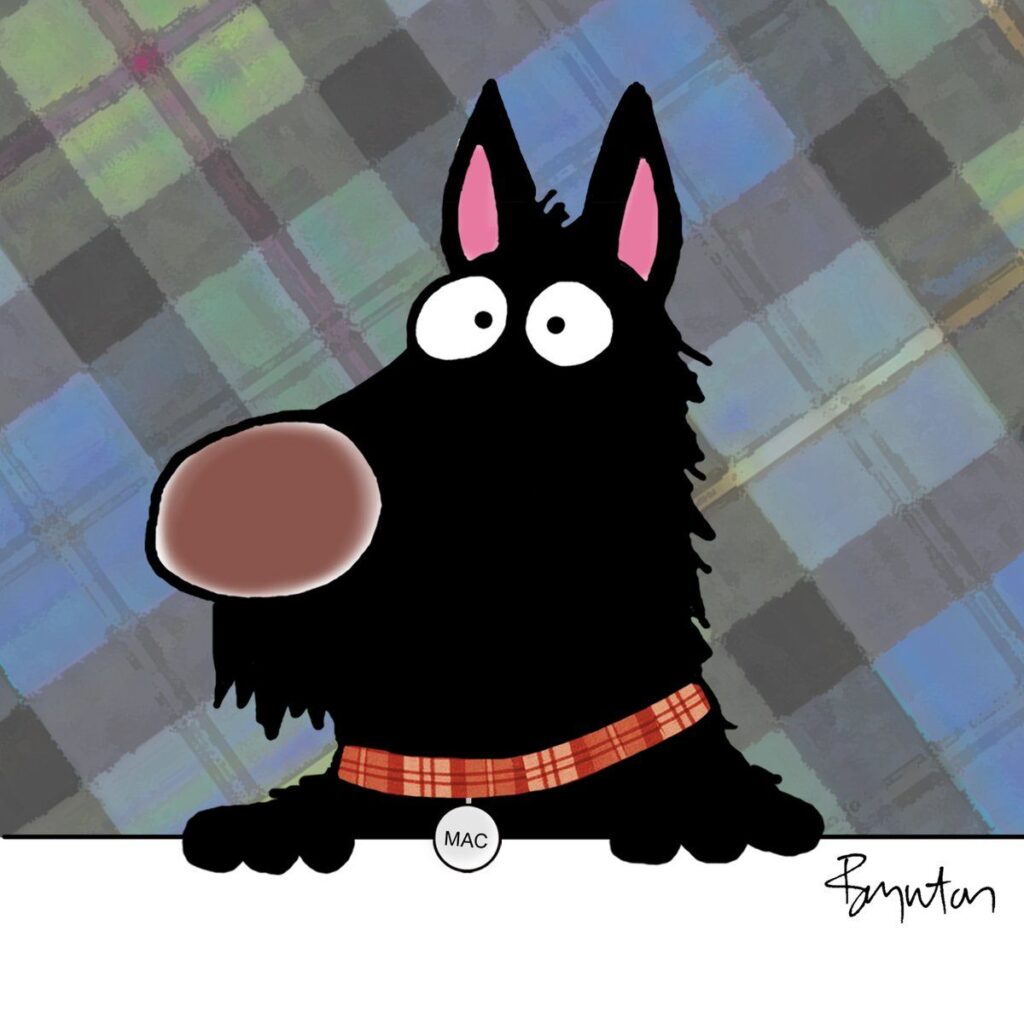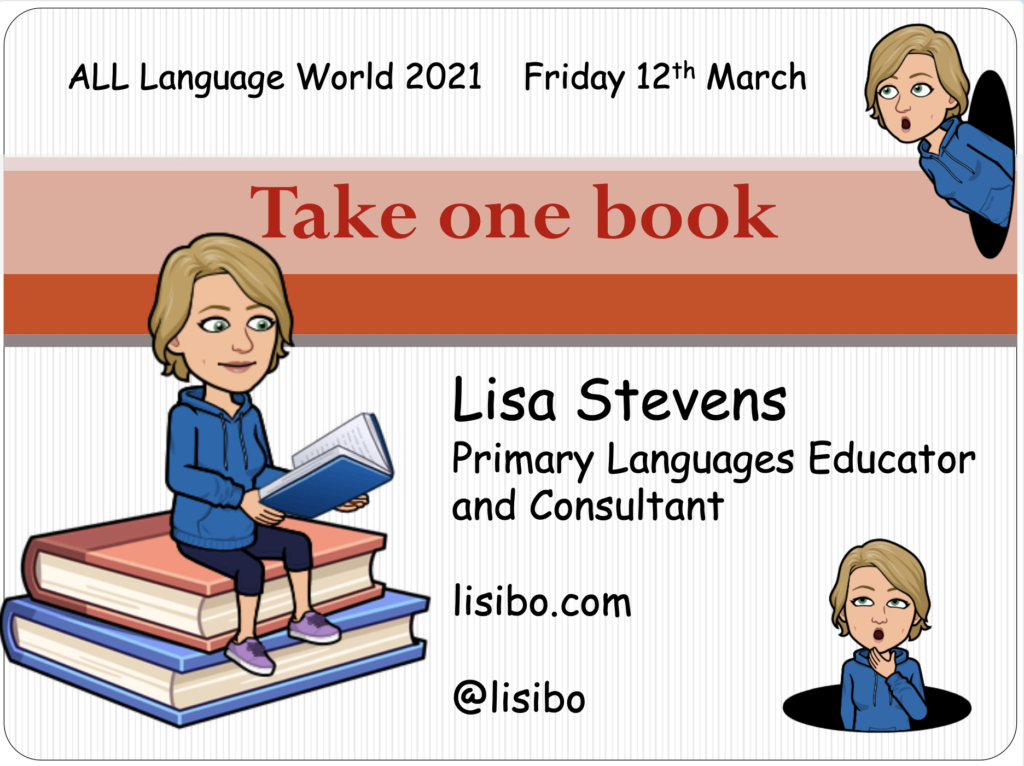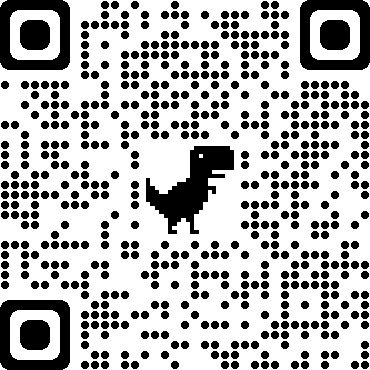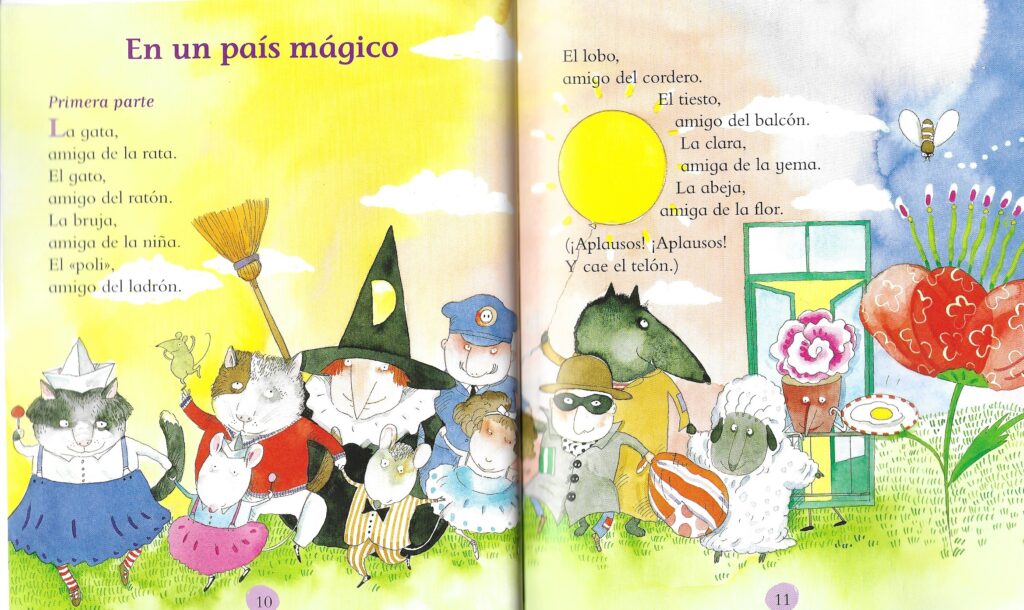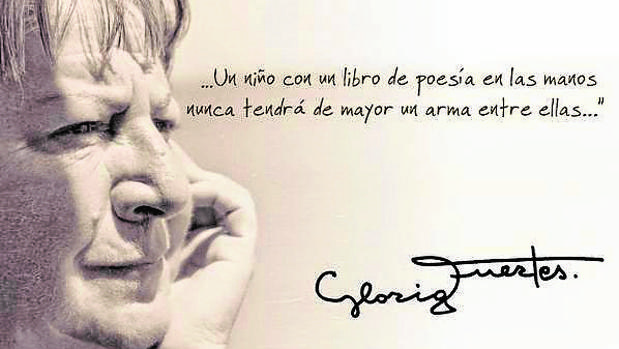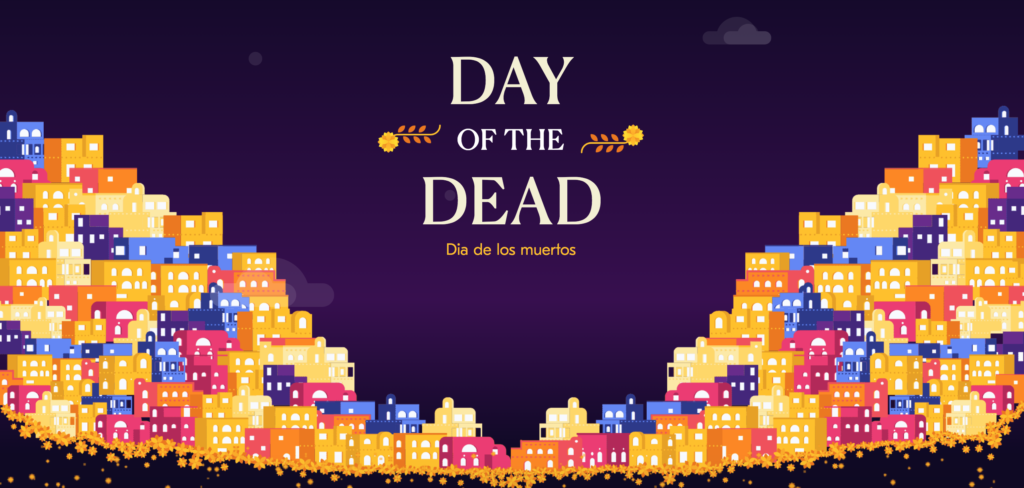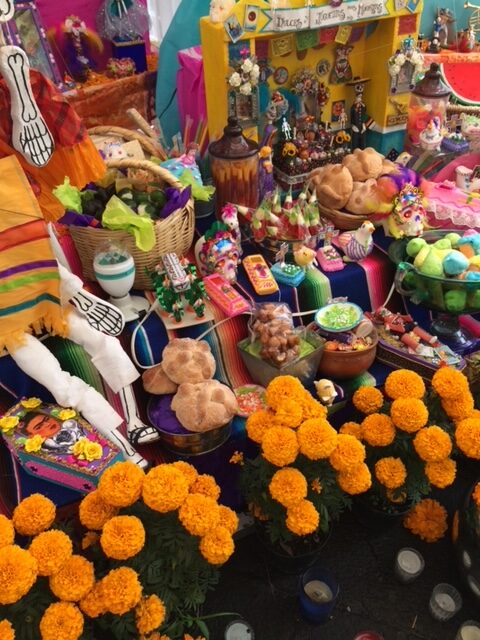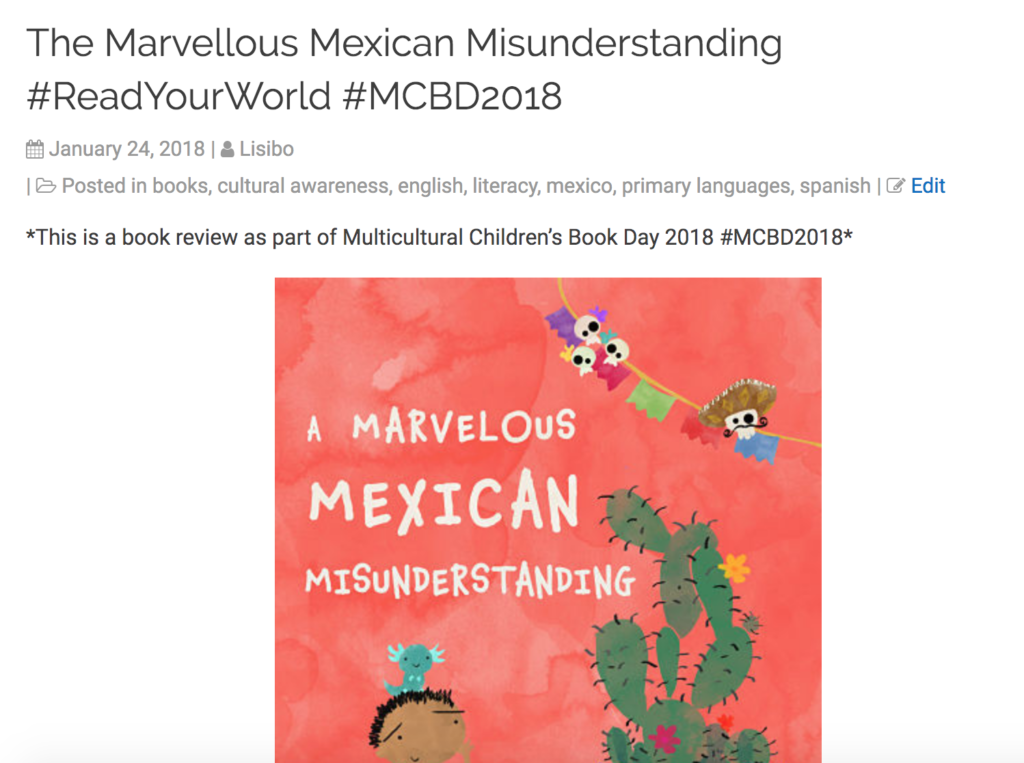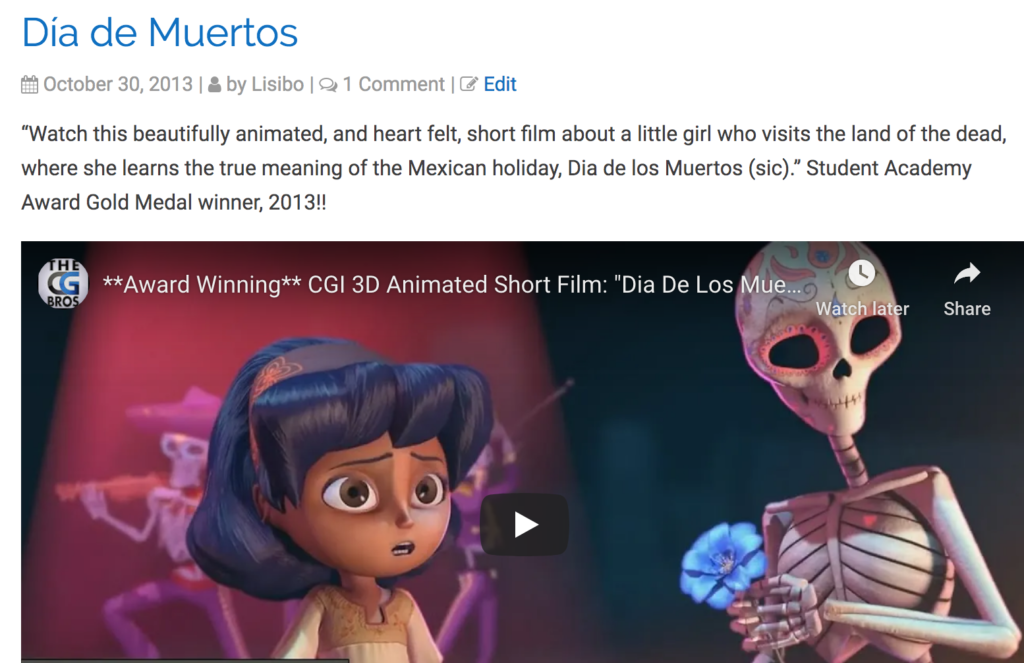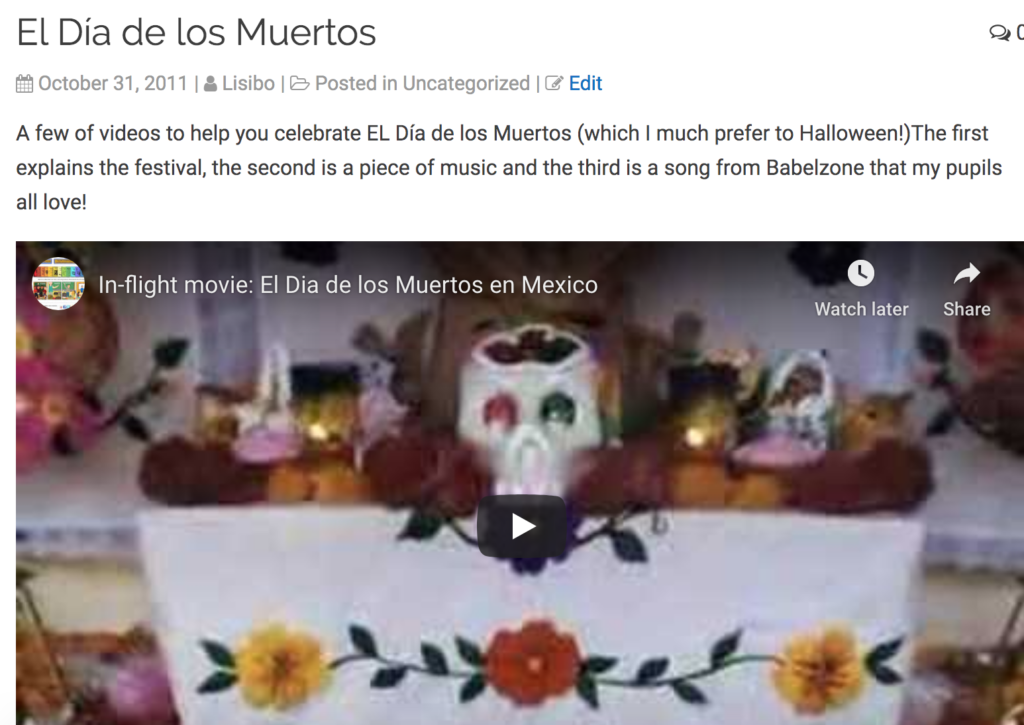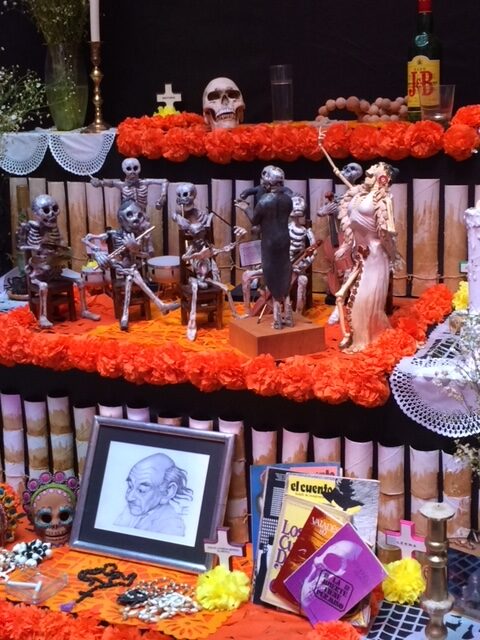Today I have spent my Saturday in Acapulco. Sadly not in Mexico but the online conference run by ALL.
Between 9am and 3pm, there were 6 presentations all on the theme of An Ambitious Primary Language Curriculum for all.
I’ve shared previously (and done whole training sessions about) how I find sketchnoting really helpful to aid listening to, processing and also retaining what is said during sessions, and today I decided to get out my pens and paper to record the day.
Obviously I couldn’t sketchnote and present at the same time (I’m clever but not that clever!) so there are only 5 in my collection but I hope that you find them helpful.
If you signed up for the conference, you will receive a link to watch the recordings. If you didn’t, this will hopefully give you a taste! It was an excellent way to spend a Saturday although I’m now going for a run to help me further process my thoughts.
My overriding thought – well, it’s actually Clare Seccombe’s thought but I’m SO with her on this!
“We owe it to the children to get this [an ambitious primary languages curriculum] right – they can’t be ambitious if we are not ambitious on their behalf for a cracking languages curriculum that really works.”
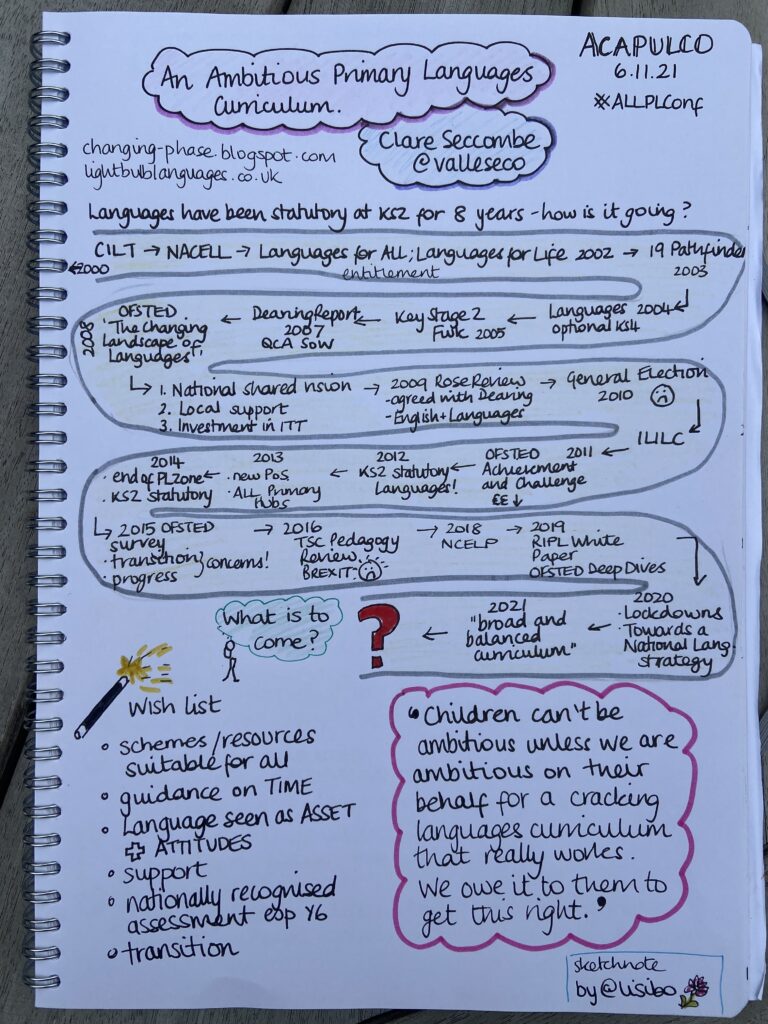
taking us through the rollercoaster of primary Languages over the last 20+ years and provoking us to look to the future that we owe our learners. www.lightbulblanguages.co.uk
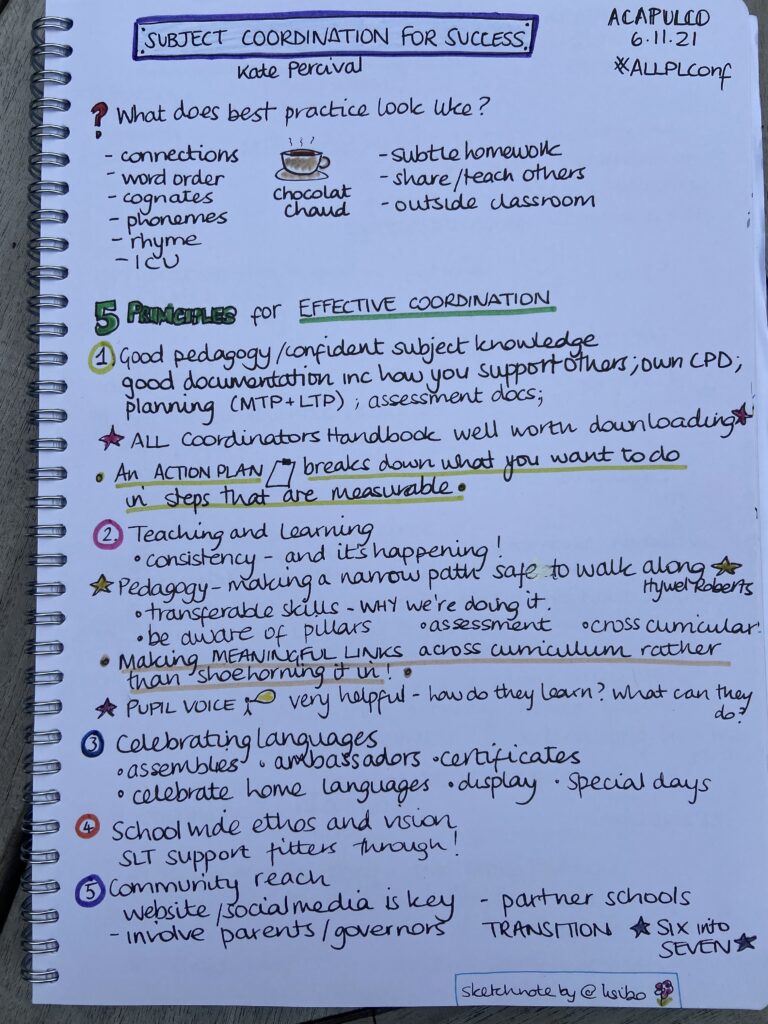
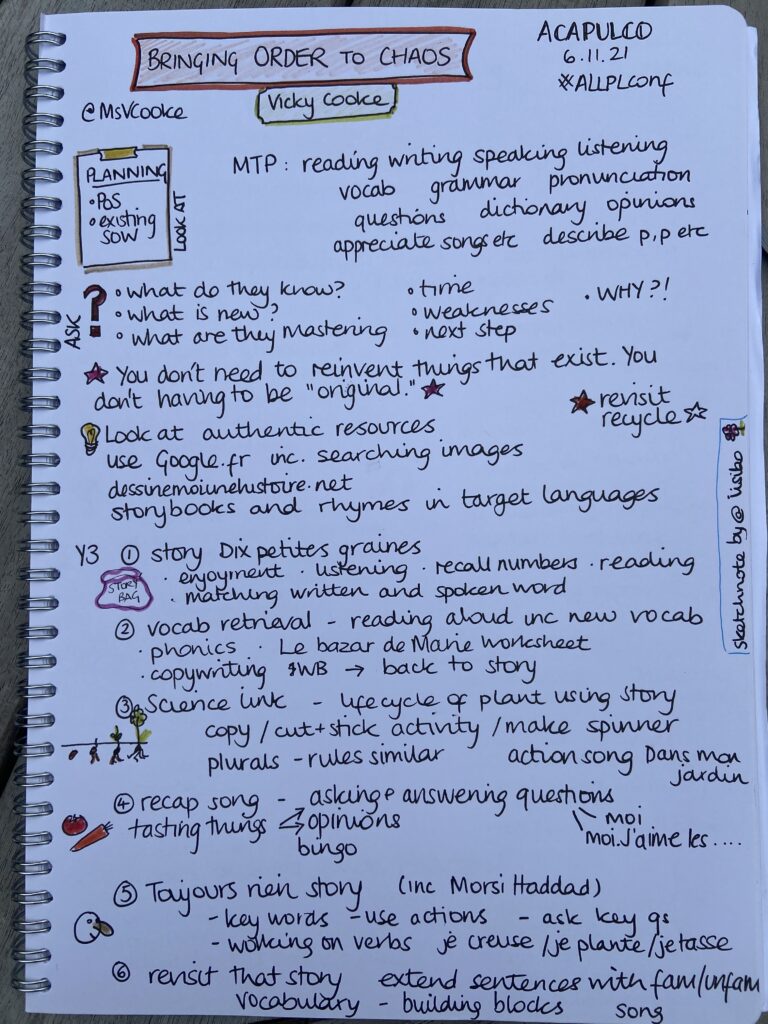
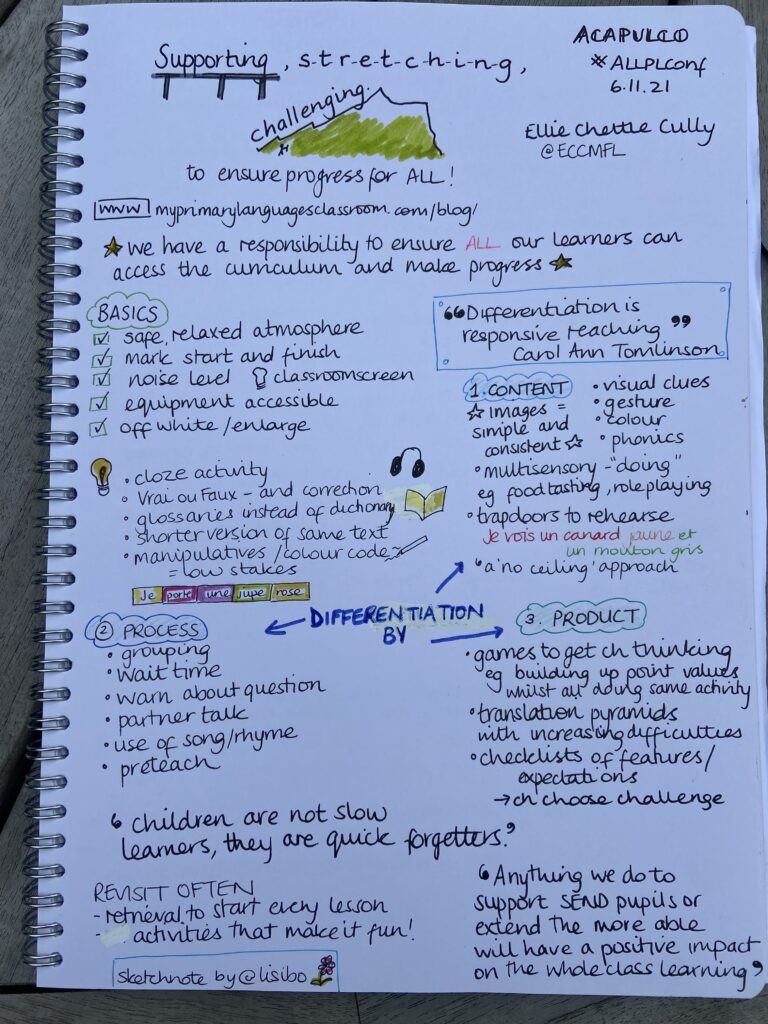
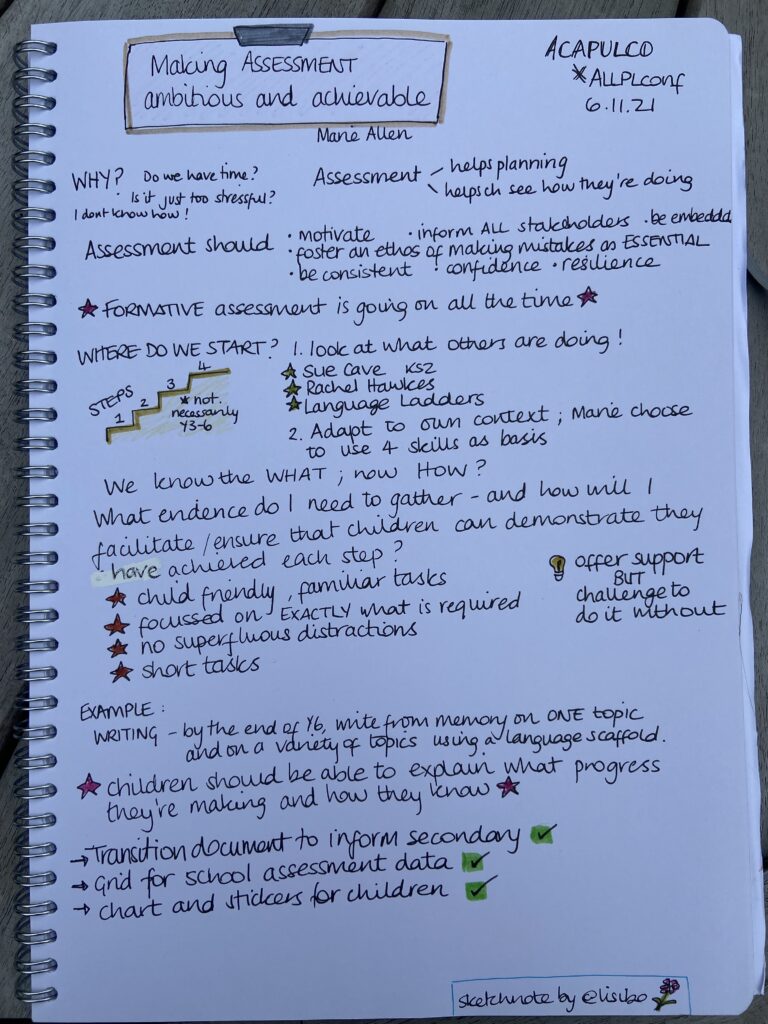
Notes on my presentation will follow later!
